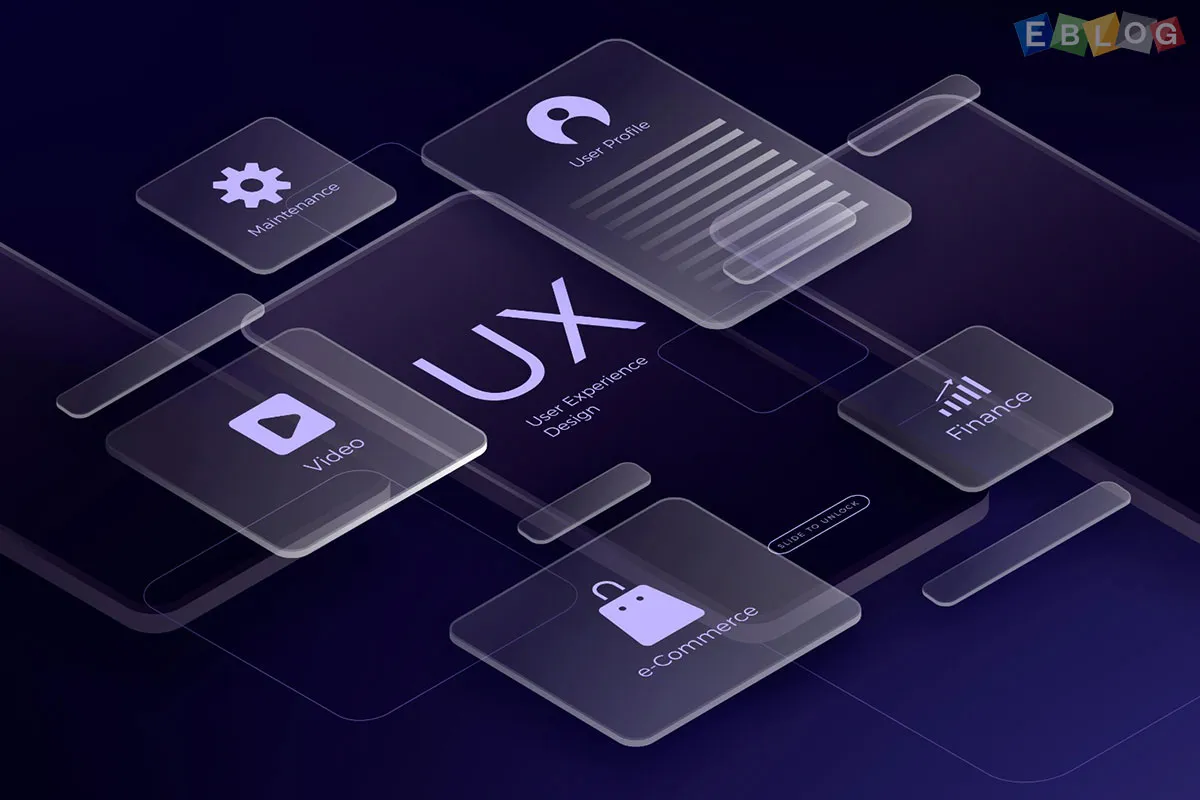
How Foldable Devices Are Changing Mobile UX
- 27 Aug, 2025
- Tech
- 237 Views
- 0 Comments
The mobile world is unfolding—literally. With the rise of foldable devices like the Samsung Galaxy Z Fold, Huawei Mate X, and others, user experience (UX) design is undergoing a major transformation. No longer limited to static screen dimensions, designers and developers must now rethink how apps, interfaces, and interactions adapt to flexible screens.
Foldable tech is more than just a flashy trend. It’s reshaping the way we think about mobile usability, multitasking, and digital creativity.
1. The Foldable Revolution: More Than Just Hardware
Foldable smartphones offer a dynamic user experience that shifts depending on how the device is used—folded like a traditional phone or unfolded like a tablet. This dual-state usage introduces a new UX paradigm:
a. Compact Mode: Optimized for quick tasks, notifications, calls, and portability.
b. Expanded Mode: Ideal for immersive tasks like video editing, reading, gaming, or multi-app workflows.
c. The shift between modes has created exciting opportunities—and challenges—for UX designers.
2. New Possibilities for User Interaction
Here’s how foldable devices are transforming the mobile UX landscape:
a. Multi-Screen, Multi-Tasking Interfaces
Foldables allow users to run multiple apps side-by-side, increasing productivity and offering a desktop-like experience on a mobile device. Designers must ensure that interfaces remain responsive and intuitive, even when split between different screen sections.
b. Adaptive Layouts
Traditional mobile UIs were designed for a single, fixed screen size. With foldables, layouts must adapt fluidly between screen states. This requires implementing responsive design principles more rigorously than ever—similar to web design, but in the mobile app ecosystem.
c. Continuity in Experience
One of the biggest UX hurdles is screen continuity—ensuring that when a user folds or unfolds the device, their content and progress remain intact. For instance, reading an article in folded mode should seamlessly expand to tablet mode without refreshing or reloading.
d. Gesture Innovation
Foldable devices offer room for new gesture controls—like swiping across a fold, drag-and-drop between apps, or pinching to resize split-screen windows. These gestures add convenience but also demand clear onboarding and an intuitive design.
e. Gaming and Immersive Media
Gaming UX is also evolving. Larger screens and aspect ratios enable richer, more immersive environments. Designers now need to balance performance, battery life, and UI placement to make sure the experience is smooth and engaging.
3. Design Challenges to Watch Out For
a. While the foldable future is exciting, it’s not without hurdles:
b. Screen durability and crease visibility affect how users interact with the fold.
c. App compatibility remains inconsistent—many apps are not yet optimized for foldable screens.
d. Battery consumption is higher with larger displays and continuous multitasking.
e. UX designers must also consider how users hold and interact with foldables—ergonomics change based on device orientation, which affects button placement, touch targets, and readability.
4. What Designers Should Do Next
a. To keep up with foldable UX, designers and developers should:
b. Embrace responsive design frameworks for mobile apps.
c. Use constraint-based layouts that adjust fluidly.
d. Test interactions across multiple device states.
e. Prioritize performance optimization to reduce lag during transitions.
f. Stay updated on Android’s foldable guidelines and tools like Jetpack WindowManager.
5. Conclusion: A Foldable Future
Foldable devices are not just another screen—they're a whole new way to interact with technology. For UX designers, this is an exciting challenge: to build adaptive, responsive, and delightful experiences that take full advantage of flexible displays.
As foldable adoption grows, the demand for thoughtful, user-first design will only increase. Those who innovate now will be at the forefront of the next wave in mobile experience.


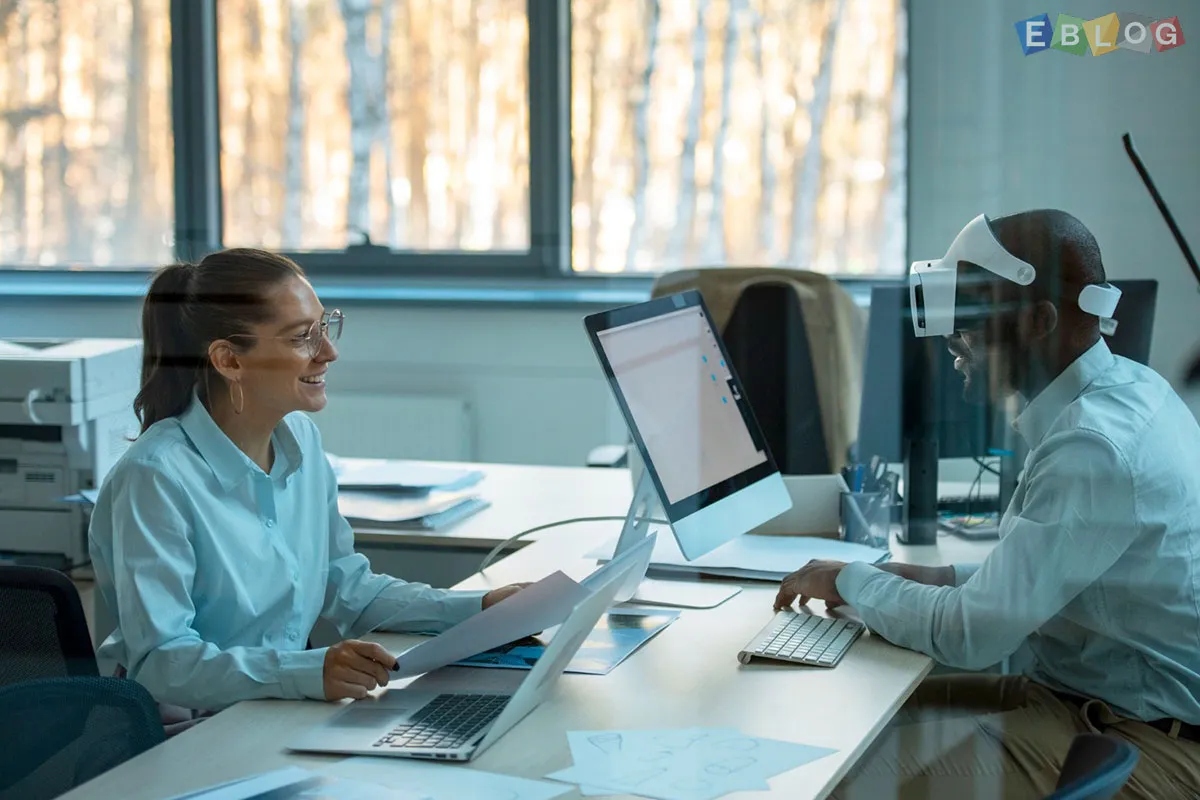

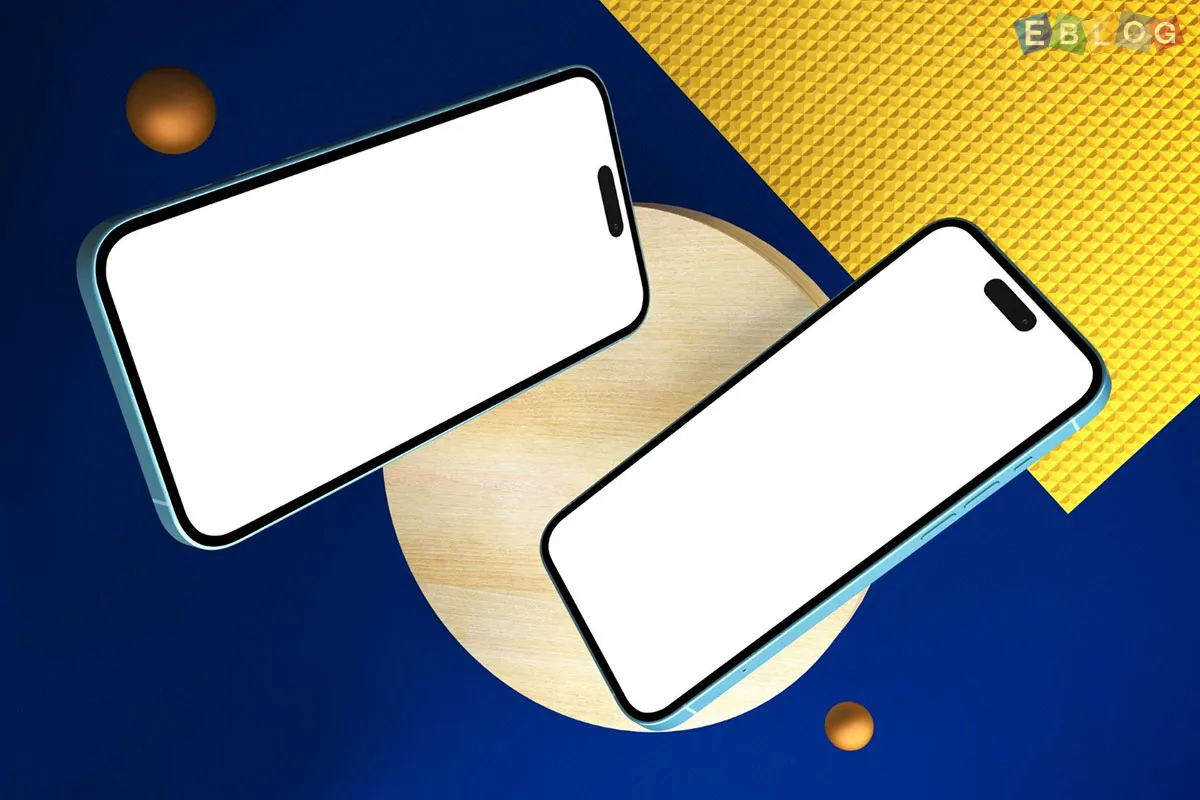
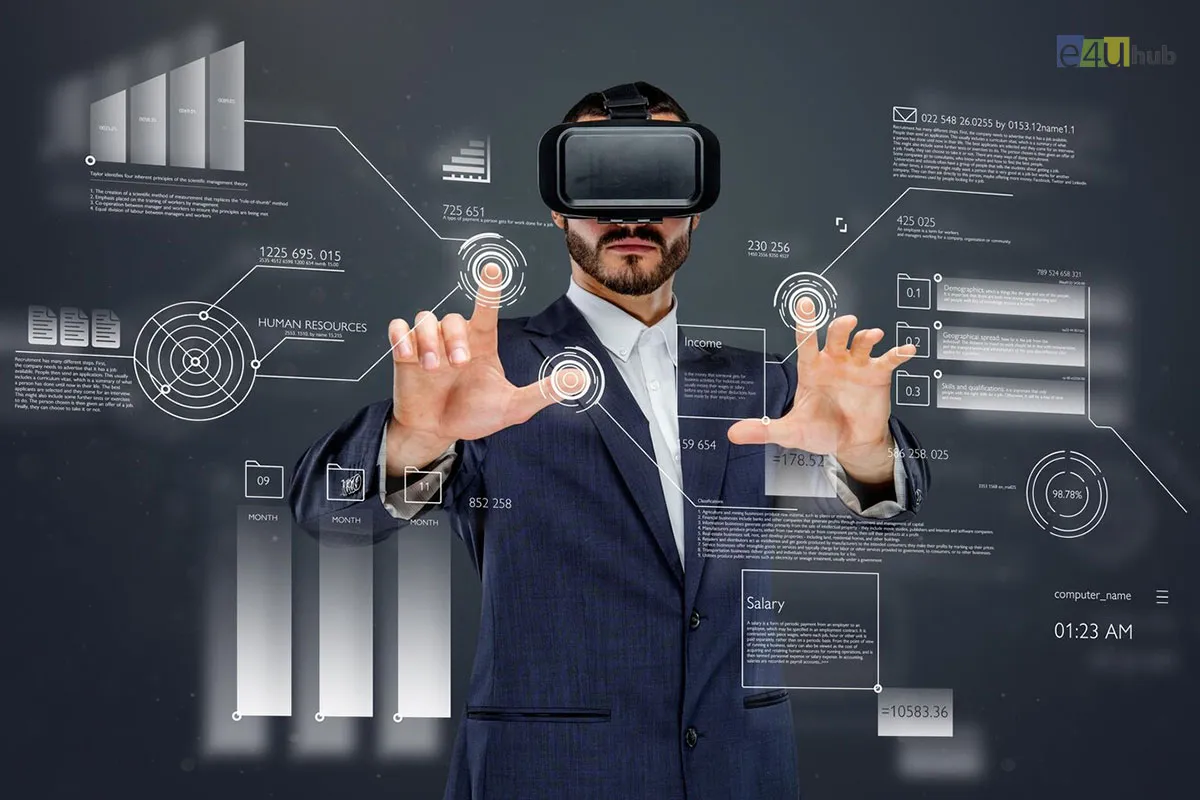

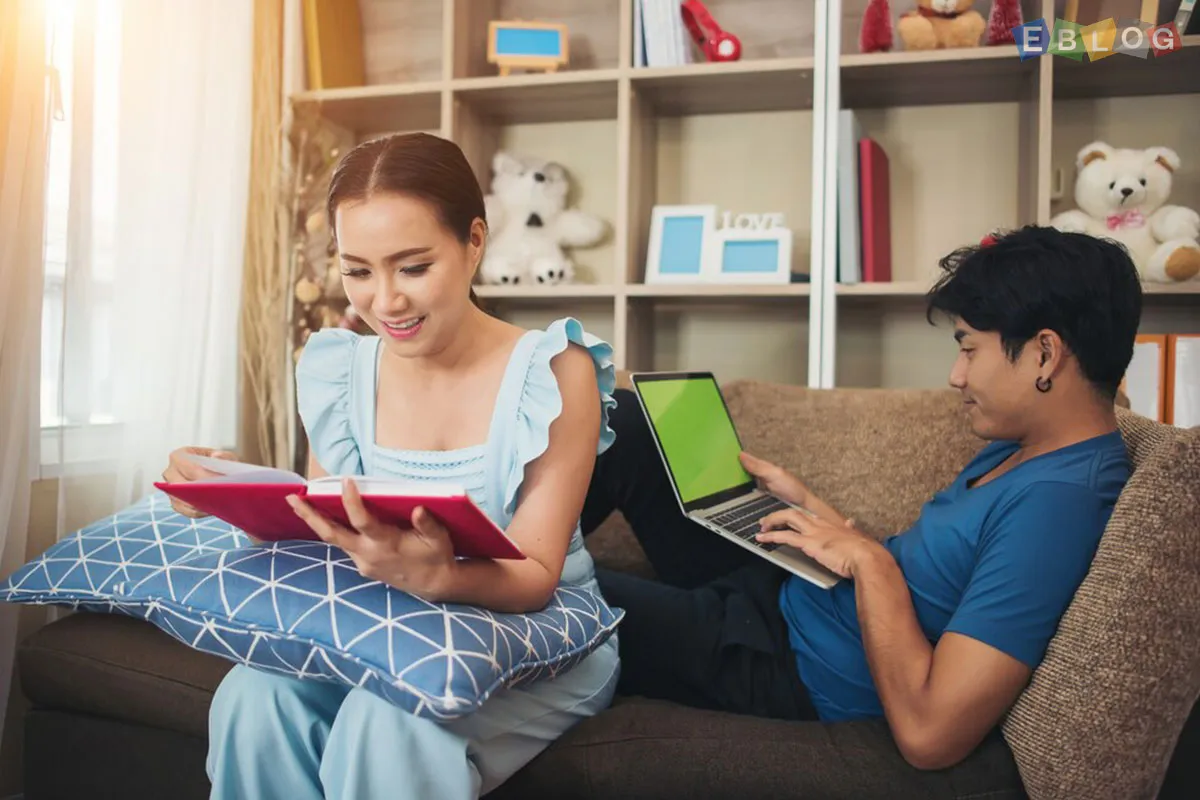
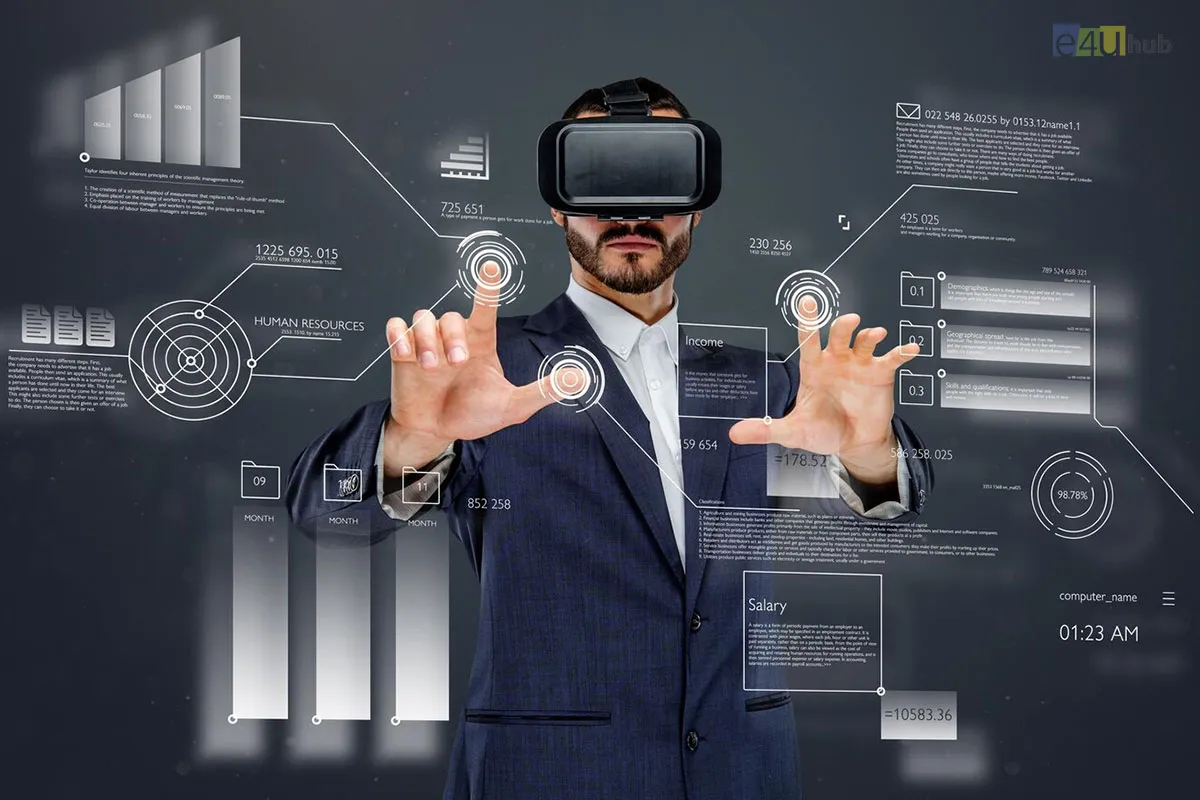
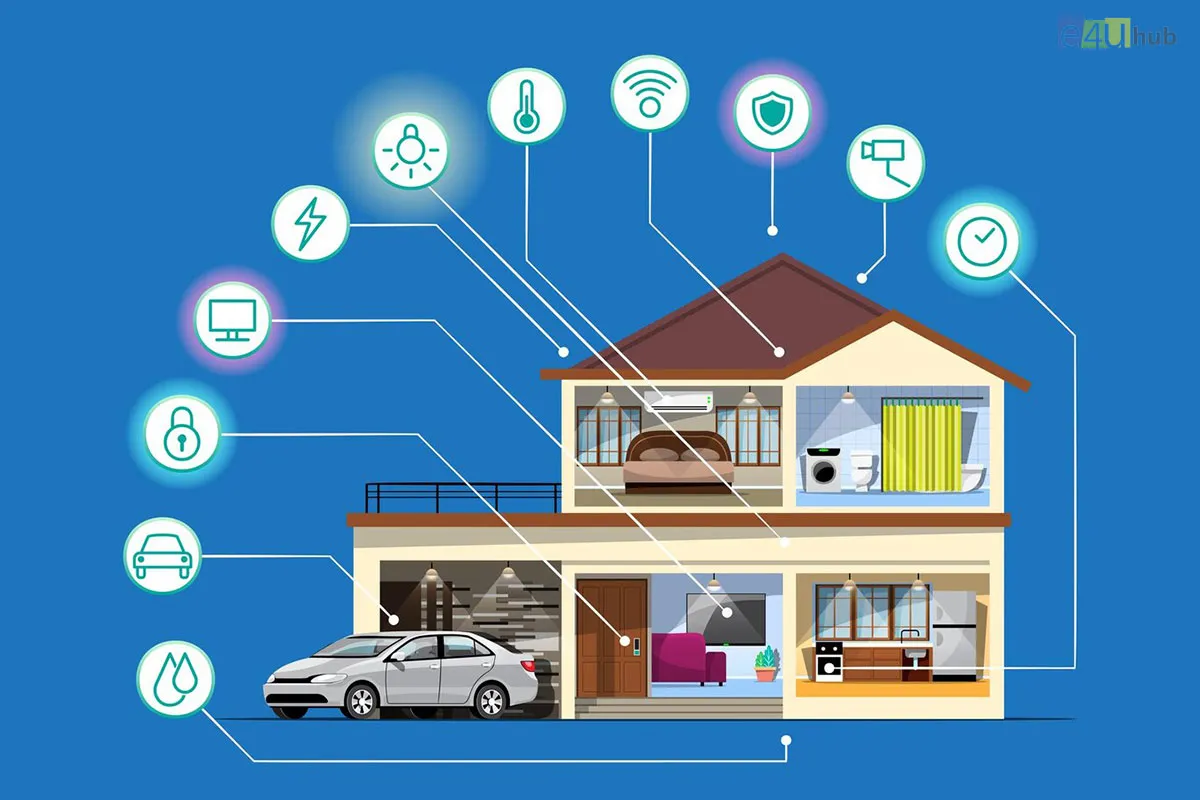
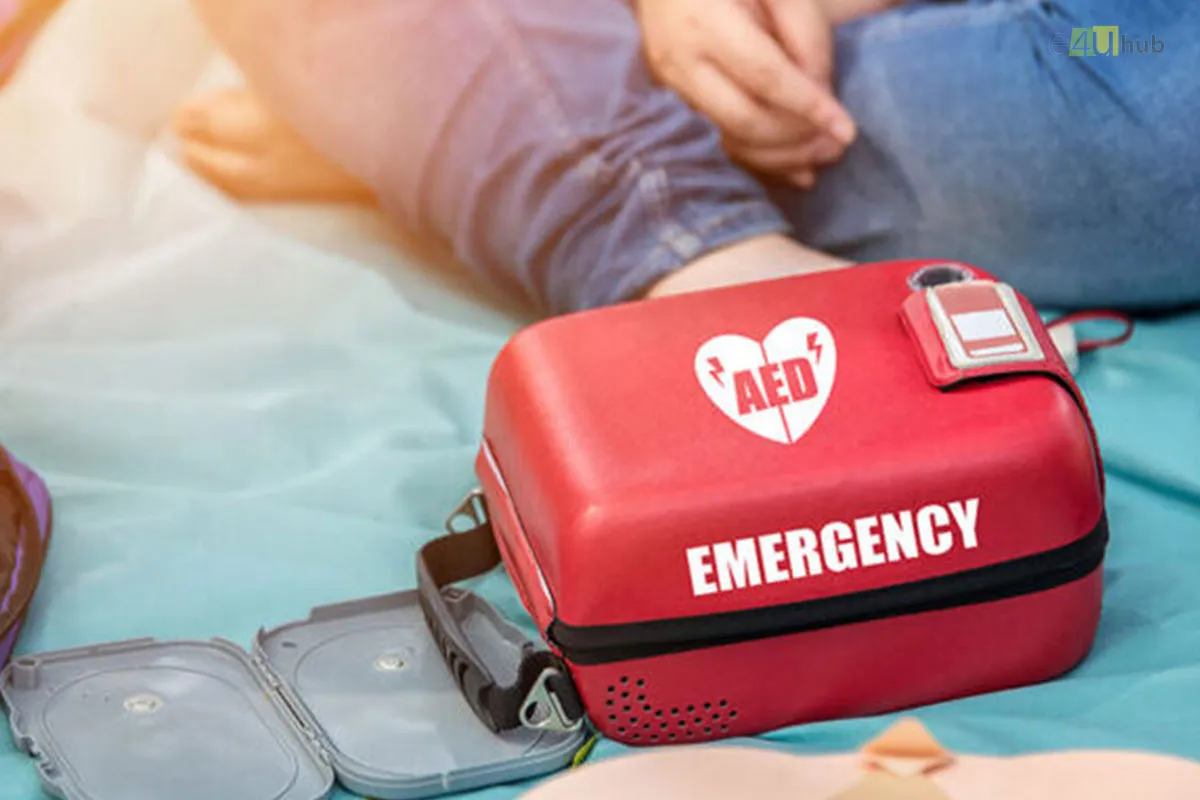
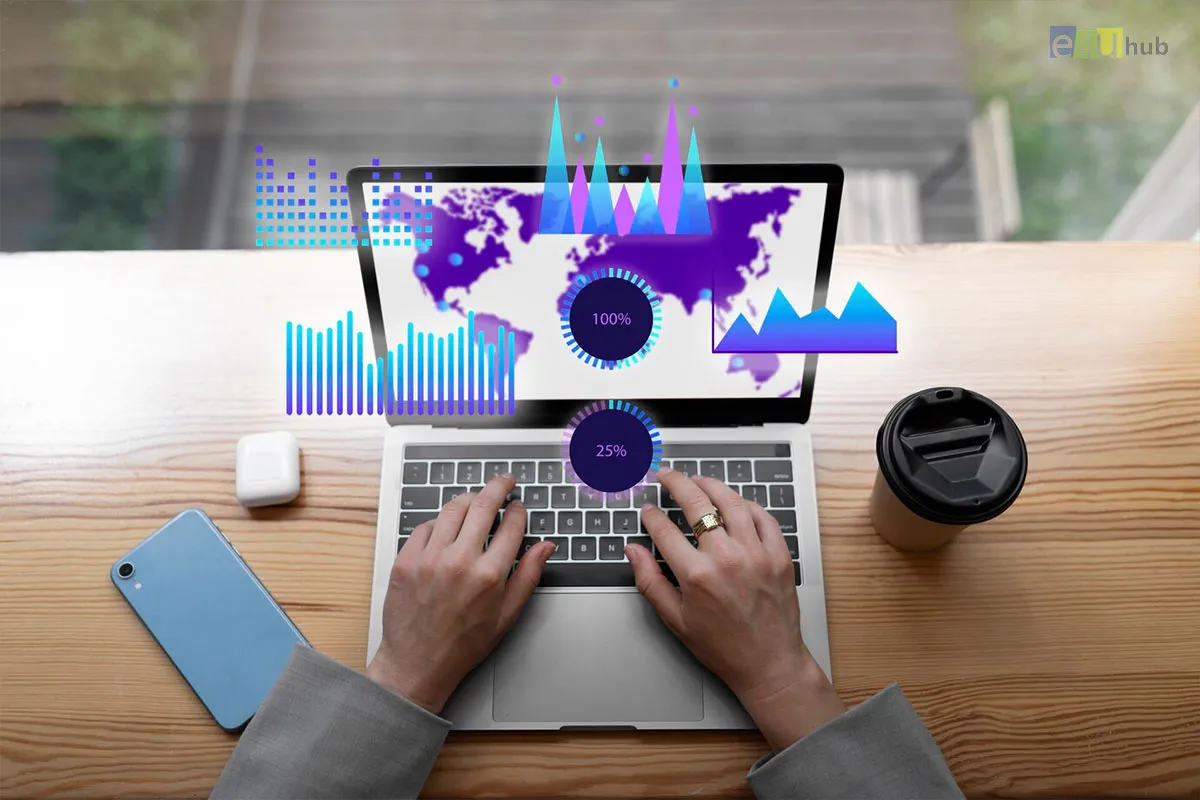

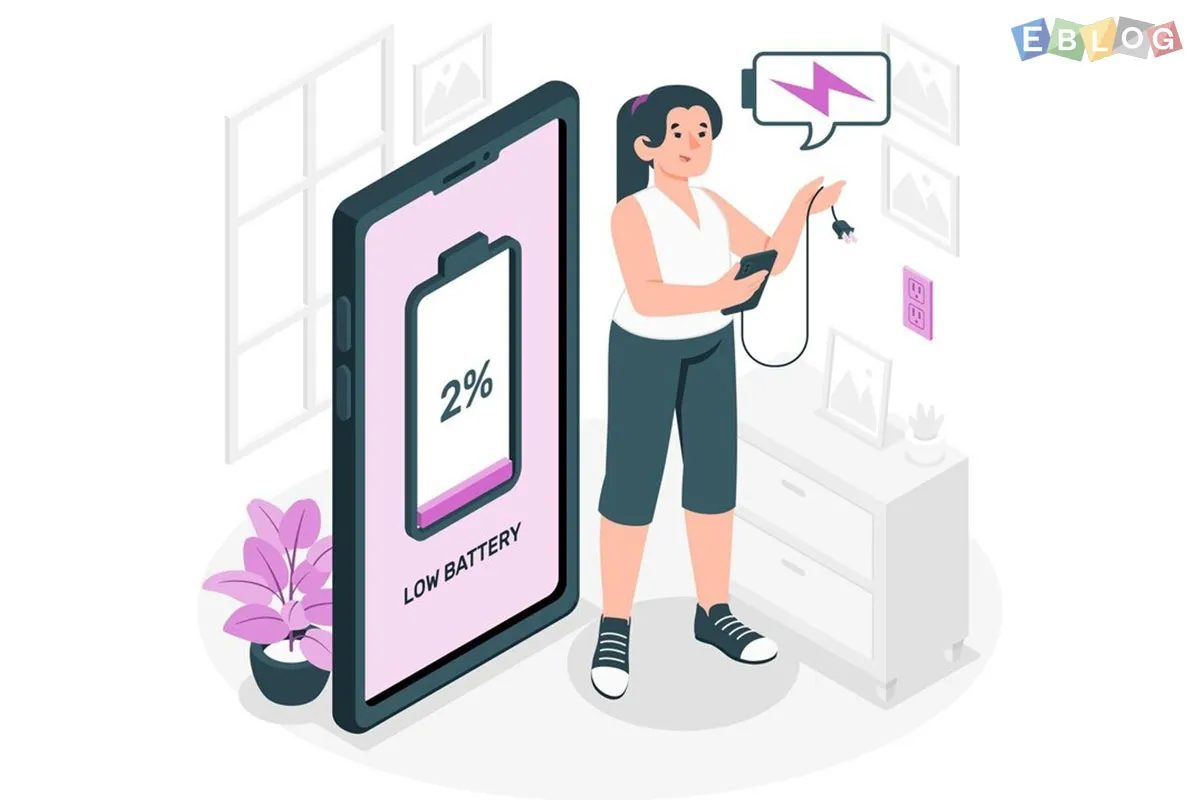

Leave a Reply